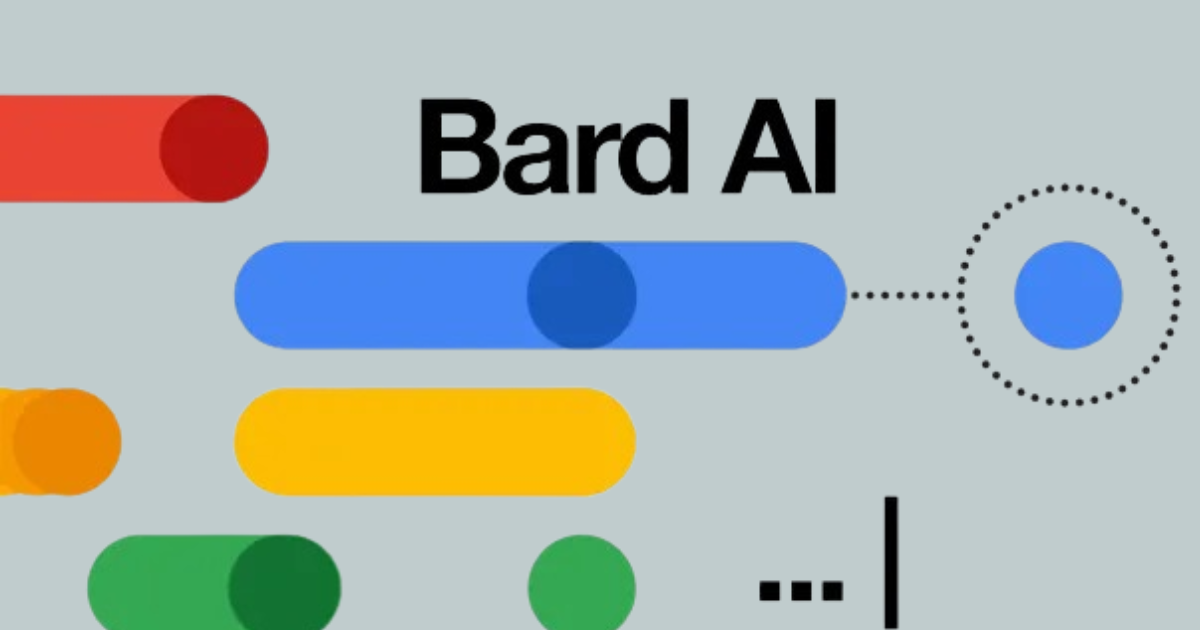At the tech major’s flagship event Google I/O 2023 on May 10, key executives of the company congregated at California’s Shoreline Amphitheatre for the keynote address. Sissie Hsiao, general manager of Google Assistant’s business unit, took the stage immediately after Google CEO Sunday Pichai.
Hsiao made a big statement about halfway through her speech, which drew applause from the audience. She announced that Bard would be available in more than 180 countries, including India.
Following that, the Indian Twitterati went crazy, logging on to get their hands on Bard, which is billed as the single-largest competitor to Microsoft-backed OpenAI’s ChatGPT. Users online posed a slew of questions to Bard, ranging from hot topics like Assembly elections to writing code in Python, amusing some while disappointing others.
The Language Model for Dialogue Applications (LaMDA), which had been in development for years and was set to be unveiled two years earlier in 2021, was released publicly for select users in March of this year under the name Bard. In a nutshell, Bard is Google’s response to OpenAI’s ChatGPT.
Bard, which was built in-house on LaMDA, is based on Google’s neural network architecture known as Transformers and is based on the search premise. The network essentially recognises patterns in a large text dataset and then iteratively generates new output by learning from its previous experience.
The AI chatbot has been trained on ‘natural-sounding’ conversational questions and responses, with the goal of allowing more natural language queries for search, as opposed to keywords previously.
This is accomplished by using Transformers, which are made up of a series of hierarchical layers that process the input text one by one. Each layer was created with the goal of extracting more and more information from a user’s query.


